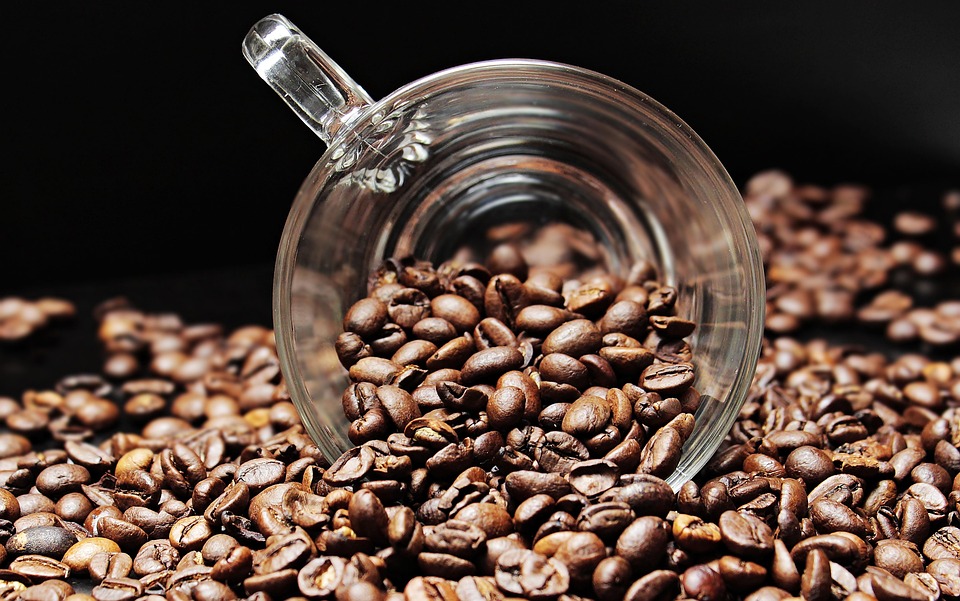Fermentation has rebounded from ancient preservation technique to trendy culinary practice, praised for its ability to enhance flavors and boost health benefits. Whether you’re a kitchen novice or a seasoned cook, crafting your own fermented foods like sauerkraut and kimchi is not only rewarding but also surprisingly easy. Let’s delve into the basics of fermentation, explore its health benefits, and walk through the essential steps to create your own fermented delights.
The Science of Fermentation
At its core, fermentation is a natural process where microorganisms like bacteria, yeast, and molds convert sugars into acids, gases, or alcohol. This occurs in an anaerobic environment (absence of oxygen), leading to the development of unique tastes and textures. For vegetables like cabbage or radishes, lactic acid bacteria (LAB) are primarily responsible for the fermentation process.
Key Benefits of Fermentation:
- Preservation: Fermentation extends the shelf life of food by creating an acidic environment that inhibits spoilage bacteria.
- Nutritional Enhancement: Fermented foods often have increased bioavailability of nutrients, making vitamins and minerals easier for the body to absorb.
- Gut Health: Probiotic-rich foods support a balanced gut microbiome, which can improve digestion and overall health.
Essential Ingredients and Tools
Ingredients
- Vegetables: Cabbage for sauerkraut, a mix of vegetables for kimchi (e.g., napa cabbage, radish, green onions), or cucumbers for pickles.
- Salt: Sea salt or kosher salt is best. Avoid table salt with additives.
- Water: Use filtered or distilled water to avoid chlorine that can interfere with fermentation.
Tools
- Fermentation Vessel: You can use a glass jar, ceramic crock, or food-grade plastic container. Ensure it’s clean and free from soap residues.
- Weights: To submerge vegetables under the brine. You can buy fermentation weights or use clean glass jars filled with water.
- Airlock (optional): For larger batches, an airlock helps regulate gas escape while preventing contaminants.
Crafting Your Own Sauerkraut
Ingredients
- 1 medium head of green cabbage
- 1-3 tablespoons sea salt (to taste)
Instructions
- Prepare the Cabbage: Remove the outer leaves, then slice the cabbage into thin strips.
- Season: In a large bowl, combine the cabbage and salt. Use your hands to massage the cabbage, squeezing it to release its natural juices. This may take about 5-10 minutes.
- Pack the Jar: Transfer the cabbage mixture into your fermentation vessel, packing it tightly to avoid air pockets. The cabbage should be submerged in its brine.
- Weight Down: Place a weight on top of the cabbage to keep it submerged, ensuring no air exposure.
- Ferment: Cover the jar with a cloth or lid (if using an airlock) and leave it at room temperature for 1-4 weeks, tasting periodically until it reaches your desired flavor.
- Store: Once fermented, transfer it to the refrigerator. It will continue to develop flavor but at a much slower rate.
Crafting Your Own Kimchi
Ingredients
- 1 medium napa cabbage
- 1/4 cup sea salt
- 4 cups water
- 2-3 tablespoons grated ginger
- 2-3 cloves garlic, minced
- 2 tablespoons fish sauce or soy sauce for a vegetarian option
- 1-2 tablespoons sugar
- 1-2 tablespoons Korean red pepper flakes (gochugaru, adjust based on spice preference)
- Optional: sliced radishes, green onions, or carrot strips
Instructions
- Prepare the Cabbage: Cut the napa cabbage lengthwise into quarters and remove the core. Chop it into bite-sized pieces.
- Brine: Dissolve the salt in water and soak the cabbage pieces for 1-2 hours until wilted. Drain and rinse thoroughly.
- Make the Paste: In a bowl, mix the ginger, garlic, fish sauce, sugar, and gochugaru to create a paste.
- Combine: Stir in the drained cabbage and any additional vegetables until evenly coated with the paste.
- Pack: Fill your fermentation vessel, leaving some headspace as the kimchi will expand during fermentation.
- Ferment: Follow the same fermentation method as for sauerkraut, allowing it to ferment for 1-2 weeks (or longer for stronger flavors).
- Store: Transfer to the fridge once fermented.
Tips for Successful Fermentation
- Temperature Matters: Keep your ferments in a cool, dark place. Ideal temperatures range from 60°F to 75°F.
- Keep it Clean: Sanitize your equipment to avoid undesirable molds or bacteria.
- Experiment: Feel free to adjust spices and add herbs or other vegetables to make the recipes your own.
- Patience is Key: Fermentation takes time. Don’t rush the process; let your taste buds guide you.
Conclusion
Fermentation is not just a method of food preservation; it’s an art form that enriches your culinary repertoire. By crafting your own sauerkraut and kimchi, you not only garner the benefits of probiotics but also engage in a centuries-old tradition that connects you to cultures around the world. So roll up your sleeves, embrace the wild world of fermentation, and enjoy the delicious fruits of your labor!



